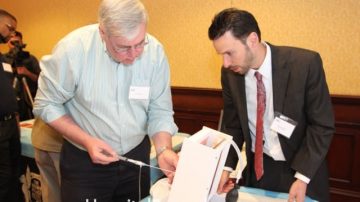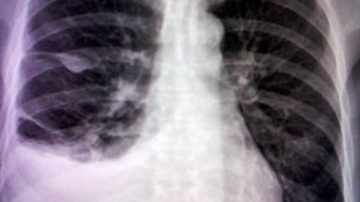More Articles – Cardiovascular diseases, Central line, Featured, medical procedures, Respiratory diseases, Thoracentesis
A historical myth in procedural medicine is the operator should limit removal of pleural fluid to 1.5 L during thoracentesis because of the risk of re-expansion pulmonary edema or pneumothorax. New evidence supports safety of large volume thoracentesis until no…
Read More












